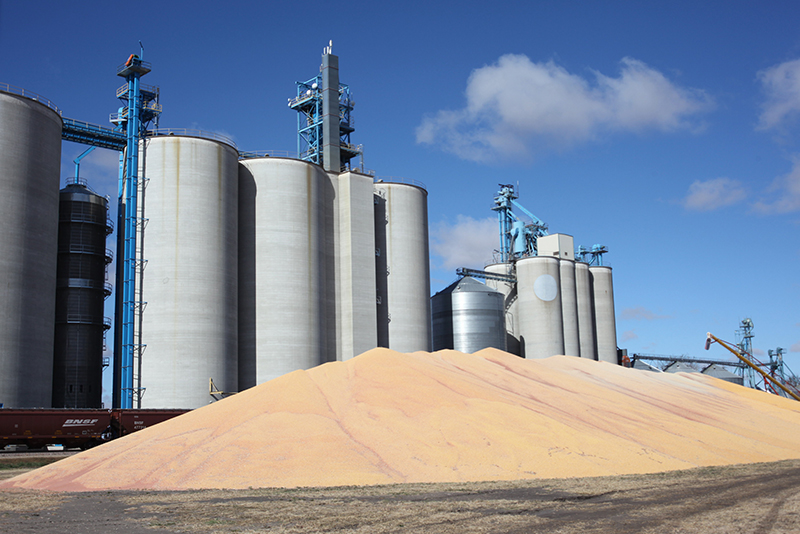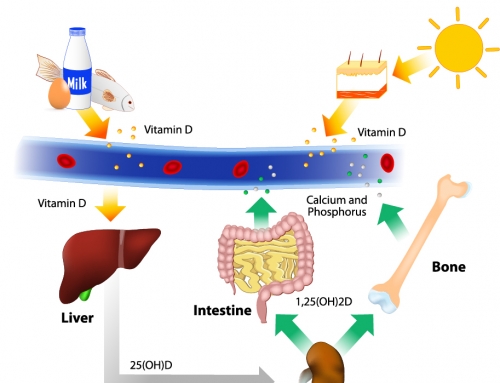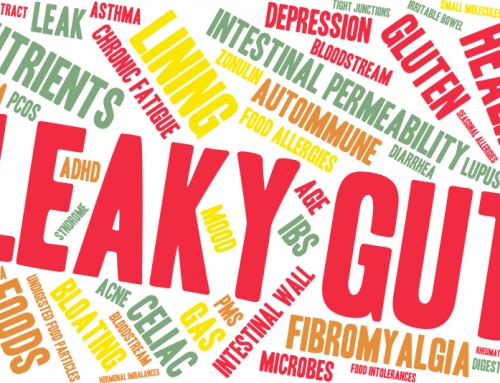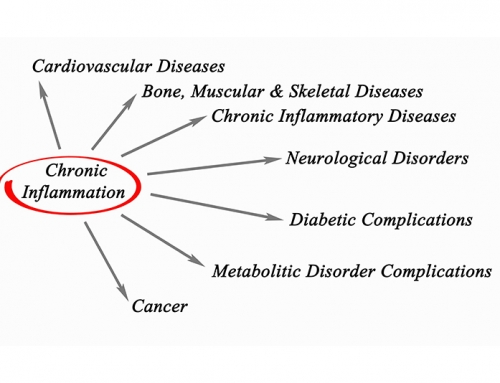Around the time of industrialization in the U.S. , in the late 19th century, a new process for milling wheat changed the composition of flour. The steel roller mill made it easier to separate the component parts of whole wheat to produce fine white flour at a low cost. While this improved the appeal of baked products to the public, the problem is that the nutritious parts of the whole grain (the bran and germ) are discarded and we are left with a filler devoid of much of its original nutrients. Unfortunately for us it happens to be delicious!
In the 1950s and 1960s advancements in fertilizers and pesticides led to changes in the varieties of wheat that were planted. The varieties that were chosen were those that responded best to the chemicals to produce the highest yield at the lowest cost (at the time a huge advancement in feeding millions of hungry people at relatively low cost). Varieties with a higher gluten content were found to be more desirable for baking breads. In the past 150 years wheat has undergone radical changes that have rendered it almost unrecognizable. Modern wheat is less nutritious and higher in gluten than the varieties that have sustained people for thousands of years. Our bodies, while marvels of evolution, have not caught up and are not equipped to digest modern wheat easily causing bloating, cramping and inflammation.
Not only is the actual wheat consumed today different, the process for making bread is also different. Todays modern commercial bread making techniques, using rapid rise yeast, make it possible for bread to be made in about an hour from mixing the ingredients to the finished baked product.
The problem with these advances in bread making ingredients and techniques is that our bodies have not evolved at the same pace. Humans have been eating bread for approximately 30,000 years but it had been prepared using a sourdough fermentation process. Most likely by accident, ancient Egyptians realized that when ground wheat got wet the mixture began to bubble or ferment. When the mixture was cooked over a fire a crude bread was the result. This discovery would become a sustainable staple food source for generations.
The sourdough method for baking bread allows time for the bread to ferment, which allows nutrients in the bran to be released and allows for gluten to be broken down, thereby making it easier to digest. Sourdough bread is made using naturally occurring bacteria and yeast that together work on the dough during the fermentation process to break down complex carbohydrates to simple sugars, proteins to amino acids and produce enzymes. Carbon dioxide gas released during the process allows the bread to rise naturally. The effect of the sourdough process produces bread that is easier to digest, has a lower glycemic index (it doesn’t cause as big of a spike in blood glucose levels) and a tastier more complex flavor. The signature sour flavor is due to lactic acid produced during the process which also acts as a natural preservative to keep the bread fresh without added preservatives. The yeast and bacteria in sourdough bread also offer many wonderful probiotic benefits for the leaky guts caused by the modern Western diet.
What is a leaky gut?






